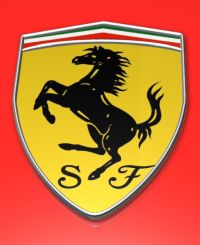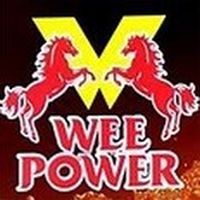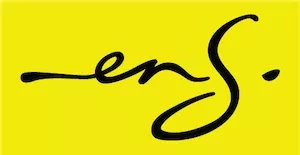- within Intellectual Property topic(s)
- within International Law, Law Department Performance and Consumer Protection topic(s)
- in European Union
Deliberations around confusingly similar trade marks are to a trade mark attorney, what bread is to a baker. We have searched for trade mark cases from around the world in order to fill this need and on this occasion, we will be discussing an interesting trade mark case that played out in Malaysia.
The case involves two companies, one of which our readers will most certainly have heard of, and the other which may be new to many:
- Ferrari S.p.A (Ferrari), and
- Sunrise Mark Sdn BHd (Sunrise).
Simply put, Ferrari sued Sunrise for using the trade mark WEE POWER in respect of an energy drink. Ferrari's issue was that the WEE POWER logo was very similar to Ferrari's logo.
The Ferrari logo looks like this (We are aware this may be pointing out the obvious).

Whereas the WEE POWER logo looks like this:

Ferrari argued that Sunrise's WEE POWER logo, featuring two rearing horses and a "W," substantially resembles Ferrari's 'iconic' single rearing-horse trade mark, and that this similarity could well lead to consumer confusion.
This case started at Registry level, with Ferrari objecting to the Malaysian Trademark Registry on the basis of visual and conceptual similarities.
The case was strongly contested and it went all the way up to the Malaysian Federal Supreme Court . The Supreme Court eventually dismissed the case, finding that the two trade marks were visually and conceptually distinct. We will be confining the rest of this article to the Supreme Court judgment.
In what has been described as a 'landmark ruling', the Malaysian Federal Supreme Court in Kuala Lumpur handed down its ruling on 30 May 2025. Judge Adlin Abdul Majid made a number of points that are of general relevance:
- 'Mere' imitation: the mere imitation of a trade mark does not automatically breach IP rights.
- Relevant factors: a trade mark infringement claim must be assessed on the basis of various factors, which might include: the degree of resemblance between the trade marks; the market context; and the issue of whether the trade marks actually compete in the same sector.
- Nuance: The court's judgment has been described as being 'nuanced'. It has been suggested that a nuanced approach may well shape future trade mark jurisprudence in Malaysia and beyond.
- Independent character: The two trade marks are visually and conceptually distinct - the WEE POWER trade mark's dual horses, large "W," and textual elements created a sufficiently independent character from Ferrari's emblem.
- No intention to imitate: The court accepted Sunrise's argument that 'Wee' is a reference to the company's founder, Wee Juan Chien, rather than the English word for 'small'. It went on to say that there had been no 'intent to imitate Ferrari's mark'.
- Different sectors: The court emphasised the two very distinct sectors - luxury cars versus energy drinks – and suggested that there would be very little likelihood of confusion.
- No trade mark infringement: The judge ruled that Ferrari's objection lacked legal merit and did not meet the threshold for trademark infringement. The Court supported its view with reference to Article 16(1) of TRIPS and the Paris Convention, stressing that protection of well-known marks requires a 'contextual, multi-factor analysis, not automatic enforcement'.
We are positive that Sunrise did not find anything "wee" about that result!
The content of this article is intended to provide a general guide to the subject matter. Specialist advice should be sought about your specific circumstances.


